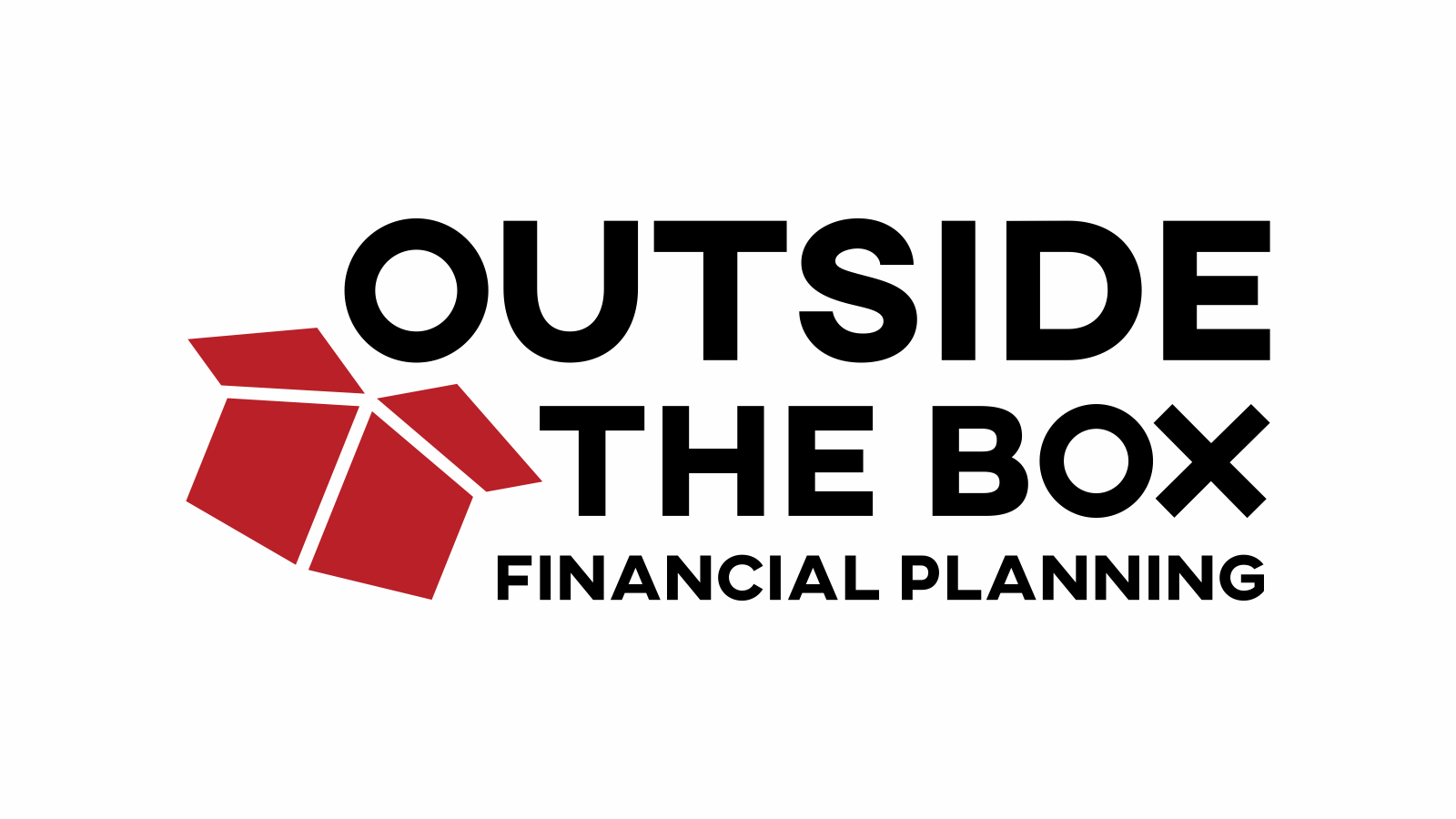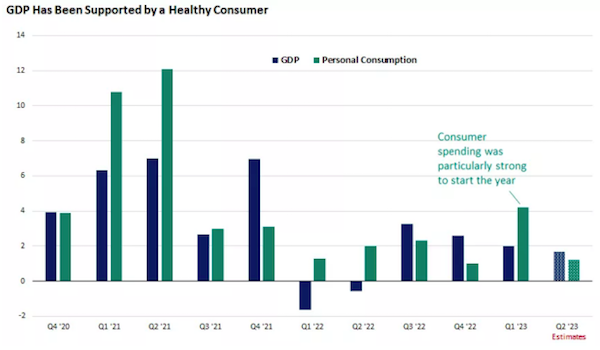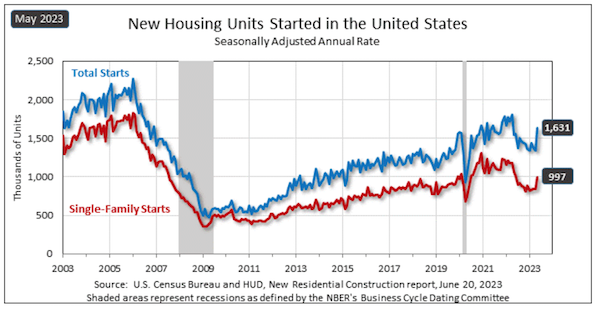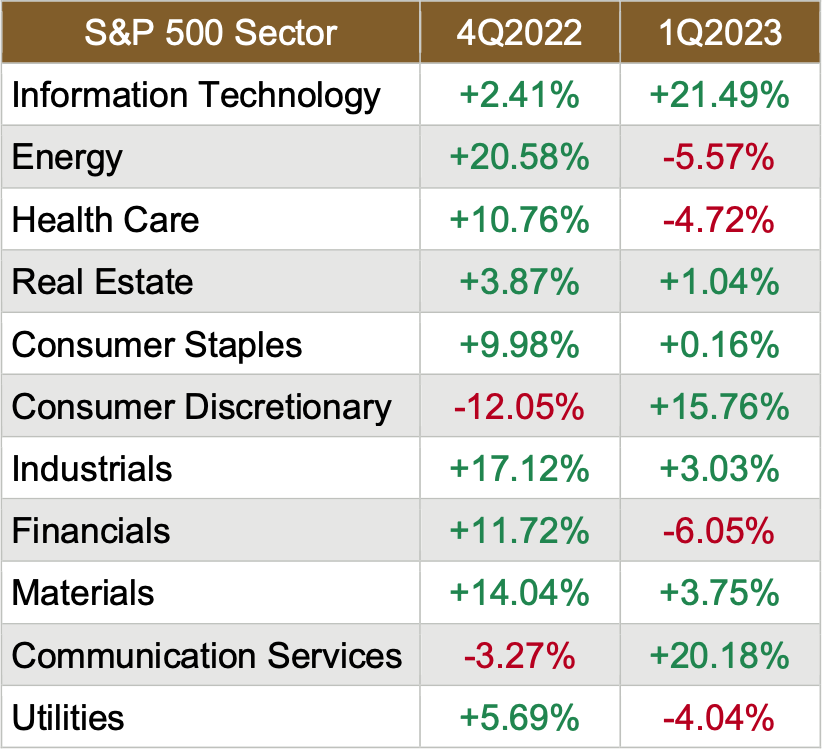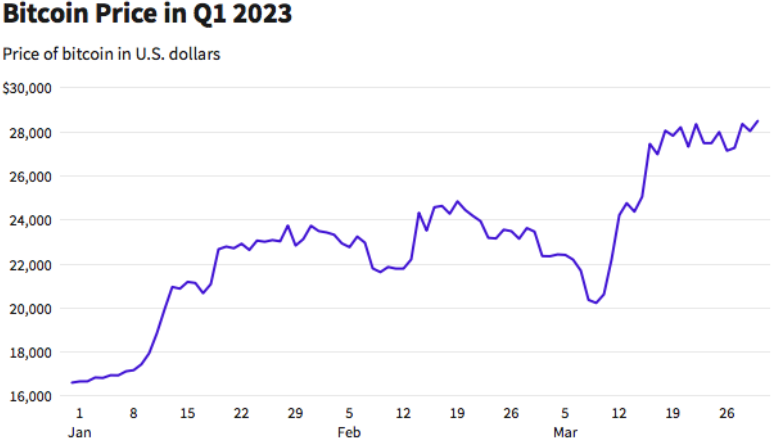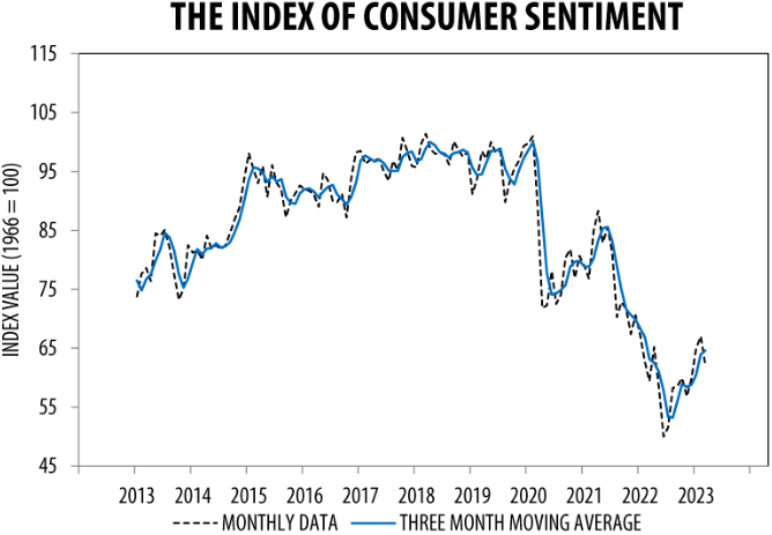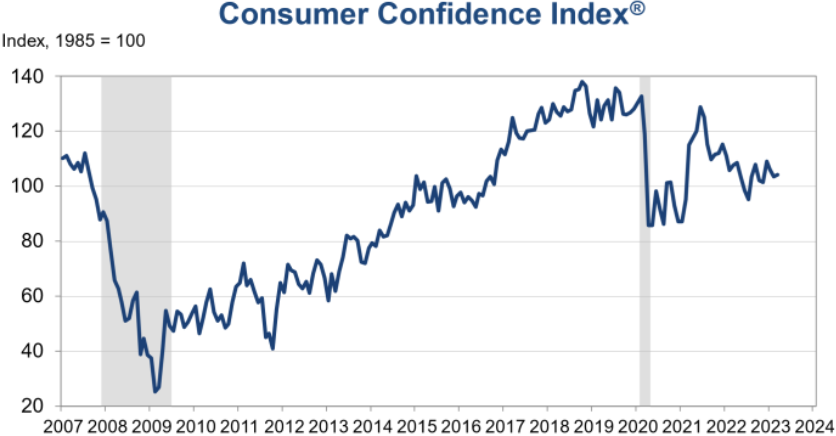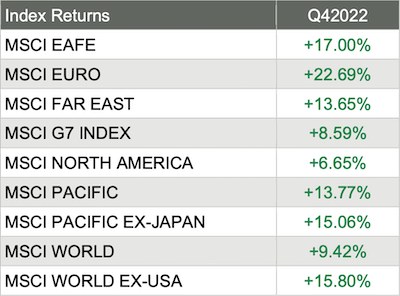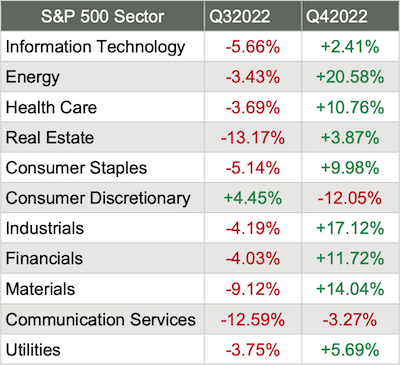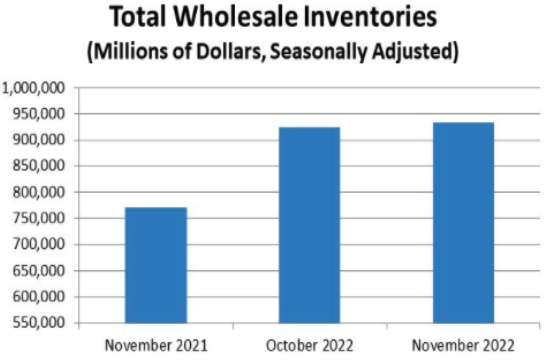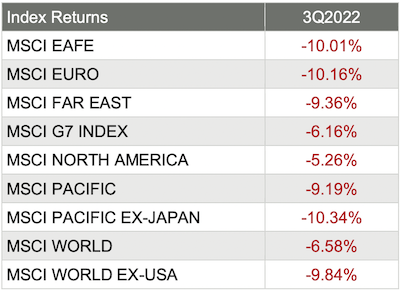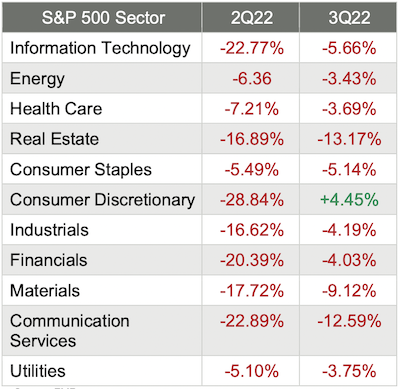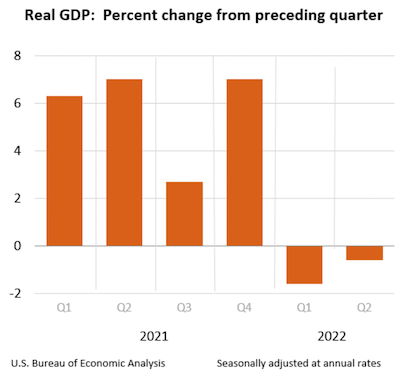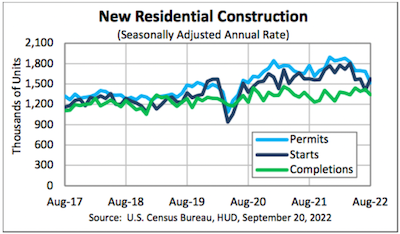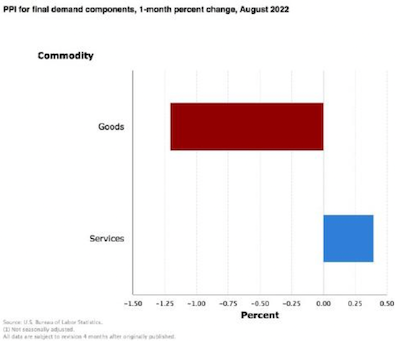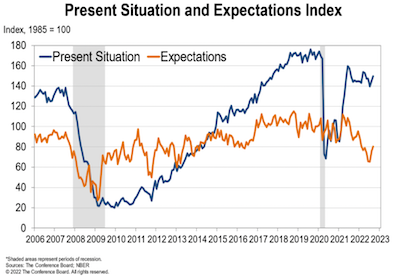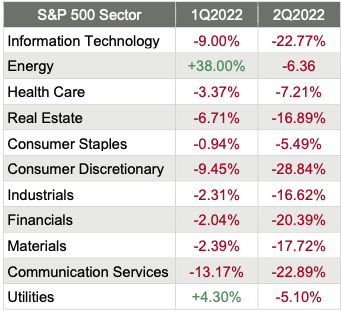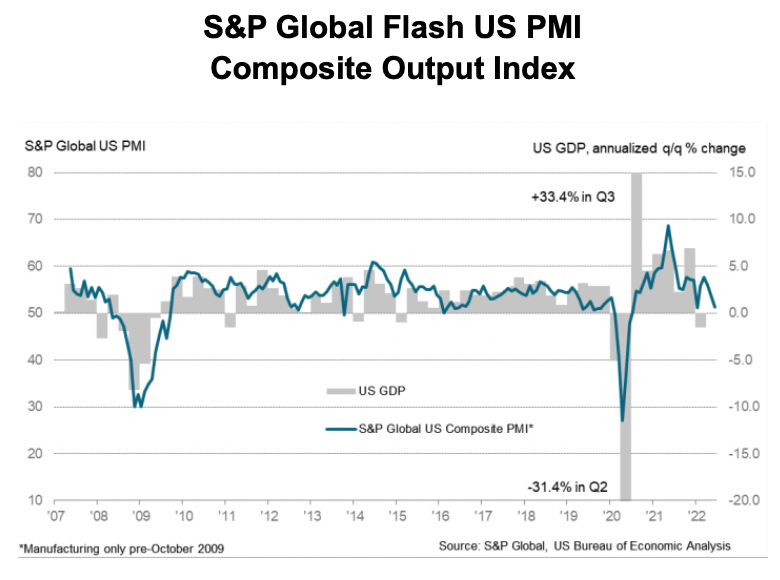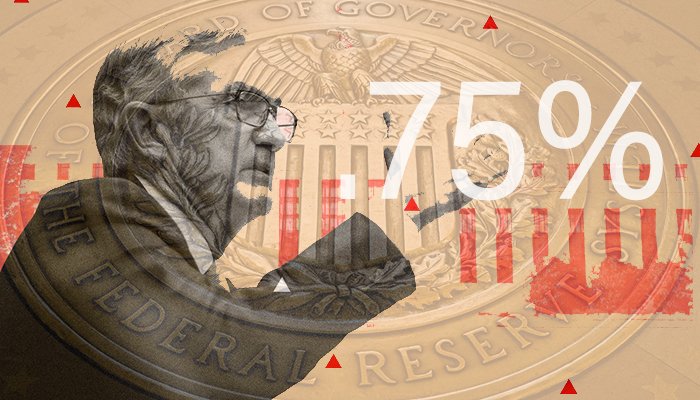In today's complex financial landscape, planning for retirement, managing wealth, or navigating the intricacies of running a small business can be challenging. It's crucial to have a trusted advisor who can guide you through these financial decisions, ensuring your best interests are always prioritized.
This is where a fee-only Certified Financial Planner (CFP) becomes invaluable. Let’s explore the benefits of working with a fee-only CFP and how they can help you achieve your financial goals with confidence.
1. Fiduciary Duty and Putting Clients First
Firstly, it is important to understand exactly what fiduciary duty means, and why it is a benefit to working with a fee-only CFP. Fiduciary duty refers to the legal and ethical obligation for someone like a CFP to prioritize their client’s best interest above their own. The CFP should act with integrity, and exercise skill and care in their recommendations.
One of the primary advantages of working with a fee-only CFP is their fiduciary duty to their clients. Unlike commission-based advisors, fee-only CFPs are legally obligated to act in their clients' best interests at all times.
This means they must provide unbiased advice, recommend suitable strategies, and disclose any potential conflicts of interest. By working with a fee-only CFP, you can be confident that their recommendations are aligned with your goals, not driven by commissions or sales incentives.
Ultimately, the fiduciary duty ensures that the customer can trust that the CFP is acting in their best interests and providing advice that is suitable and beneficial for their financial well-being.
2. Comprehensive Financial Planning
A fee-only CFP takes a holistic approach to financial planning. They consider all aspects of your financial life, including retirement planning, small business needs, and wealth management - all of which are areas of specialty offered at Outside the Box Financial Planning.
By analyzing your current financial situation, understanding your long-term goals, and evaluating potential risks, they can create a personalized financial roadmap tailored to your unique circumstances.
There is never a bad time to start planning for your financial future. At Outside the Box Financial Planning, we work with you and your individual circumstances to create a comprehensive plan - whether you are starting a family and wanting to protect your nest egg, getting ready to send your kids off to college, thinking about starting a small business, and everything in between - we are here to help you make the best financial decisions to ensure your success in all of your endeavors.
So whether you are planning for retirement, starting a small business, or seeking to grow your wealth, a fee-only CFP can help you develop a comprehensive plan. They will assist you in establishing realistic goals, identifying tax-efficient strategies, and ensuring your investments are diversified to manage risk effectively.
3. Objective and Unbiased Advice
Outside of their fiduciary duty, since fee-only CFPs don't earn commissions or sales-based compensation, their advice remains objective and unbiased.
They focus solely on providing you with the most suitable recommendations based on your financial objectives and risk tolerance. This eliminates potential conflicts of interest and ensures that the advice you receive is aligned with your best interests and will help you to reach your financial goals.
By working with a fee-only CFP, you gain access to their expertise, knowledge, and experience. They can analyze complex financial products and market trends, helping you make informed decisions.
Additionally, they can provide guidance on optimizing your investment portfolio, managing debt, and minimizing taxes, enabling you to achieve long-term financial success. At OTBFP, our main goal is to help you to maximize your wealth with little effort on your part.
4. Transparent and Understandable Fee Structure
Fee-only CFPs are transparent about their compensation structure, which typically involves a flat fee, hourly rate, or a percentage of assets under management.
This transparent fee structure allows you to understand the cost of their services upfront, without any hidden charges or commissions. Furthermore, it aligns their interests with yours, as their compensation is not tied to specific products or transactions.
Working with a fee-only CFP ensures that you receive value for your money. They prioritize building long-term relationships with clients and focus on providing ongoing support and guidance. This commitment to transparency fosters trust, allowing you to have open discussions about your financial goals and concerns.
At OTBFP, we offer flat rate pricing for our services with absolutely zero hidden fees or charges. Because our job is to help you manage your finances responsibly, we want you to get the most bang for your buck!
5. Ongoing Monitoring and Adjustments
Financial planning is not a one-time event; it's an ongoing process that requires periodic review and adjustments. Fee-only CFPs recognize this and provide ongoing monitoring and support to help you stay on track.
If you’re not quite sure where to start in assessing your finances, Outside the Box Financial Planning offers to develop a one-time Comprehensive Financial Plan for yourself and your family. We will work with you for 8-12 weeks, depending on your needs to cover all the major topics.
Oftentimes, after the development of the Comprehensive Financial Plan, many clients choose to retain our services for the implementation of every aspect of the plan, as well as for ongoing support and revisions. The truth is, your finances can be an ever-changing area of life and OTBFP is there to offer support at any time.
As your life circumstances change, your financial plan may need to be adjusted. A fee-only CFP can help you navigate major life events such as marriage, a child entering college, or the sale of a business. They will reassess your goals, update your financial plan, and ensure that it remains aligned with your evolving needs.
Conclusion
In summary, partnering with Outside The Box Financial Planning offers numerous benefits for individuals seeking retirement planning, small business support, wealth management, and beyond. With their fiduciary duty, comprehensive approach, unbiased advice, transparent fee structure, and ongoing support, OTBFP act as a trusted advisor who prioritizes your best interests. Click here to schedule a complimentary “Fit” meeting to determine if we would make a good mutual fit.
Remember, financial decisions have long-lasting implications, and working with a professional can provide the expertise and guidance necessary to make informed choices that align with your financial aspirations.
However, if you would like to take a shot at building a financial plan on your own, we offer our financial planning software, RightCatital, free of charge. Click here to get started.
